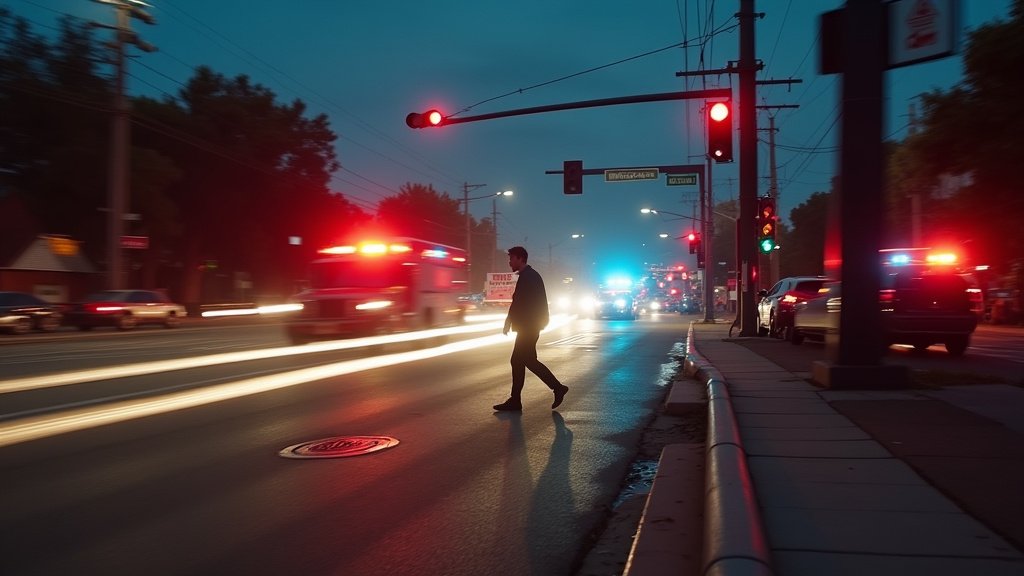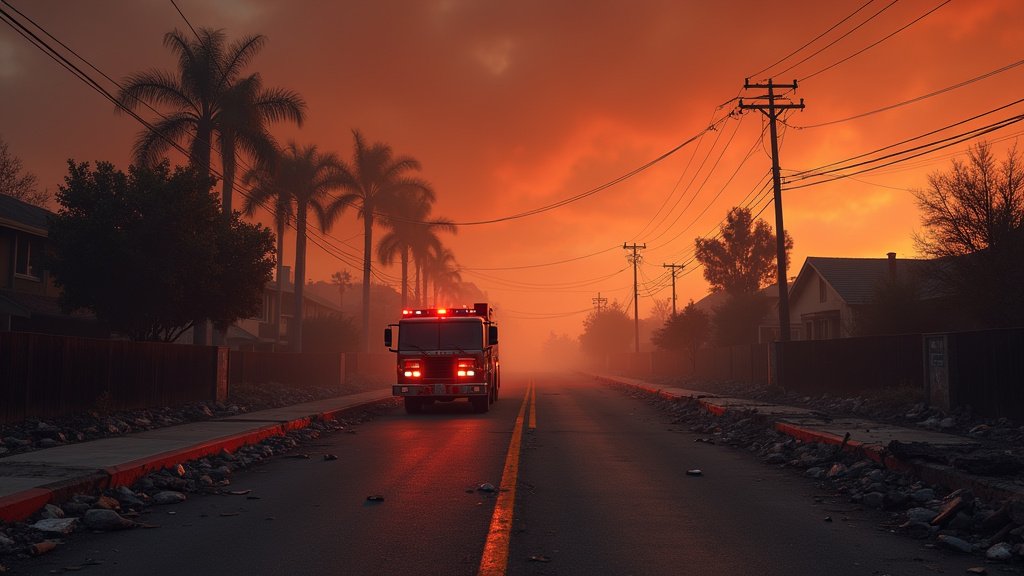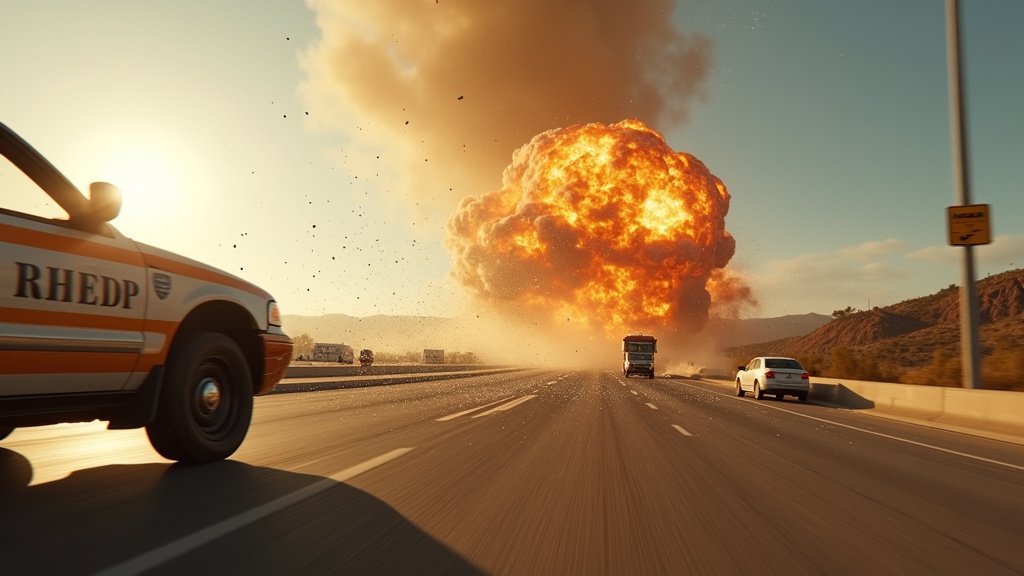A recent comprehensive study by the University of Southern California (USC) has identified the intersection of S. Figueroa Street and Slauson Avenue in South Los Angeles as the most dangerous in the city, a stark reminder of the escalating traffic safety crisis plaguing Los Angeles. This critical finding, based on extensive analysis of Los Angeles Police Department (LAPD) data, underscores a troubling trend where traffic-related deaths have begun to outnumber homicides within the sprawling metropolis.
The Grim Statistics of S. Figueroa and Slauson
The USC study, meticulously compiled using data spanning several years, revealed a shocking number of incidents at the S. Figueroa Street and Slauson Avenue intersection. Over a recent four-year period, the intersection was the site of 66 serious collisions. More concerning are the specific types of crashes recorded: 17 felony hit-and-runs and seven incidents involving pedestrians. This paints a grim picture of a location where high-speed travel, recklessness, and a lack of safety for vulnerable road users converge, making it a hotspot for severe accidents.
This particular intersection’s danger is compounded by its proximity to a freeway off-ramp, a common characteristic of hazardous traffic zones, suggesting that complex traffic flow and driver behavior contribute significantly to its notoriety.
Los Angeles Grapples with Surging Traffic Fatalities
The identification of this dangerous intersection comes at a time when Los Angeles is facing an unprecedented surge in traffic fatalities. For the second consecutive year, the number of people killed in car crashes has surpassed the number of homicides in the city. In 2023, traffic deaths reached 336, exceeding the 327 homicides reported, a pattern that has continued into 2024. This alarming statistic highlights a systemic failure in road safety that advocates argue requires urgent attention and increased investment.
Pedestrian safety is a major component of this crisis, with hundreds of pedestrians losing their lives annually on Los Angeles streets. In 2023, 170 pedestrians were killed, a slight decrease from the previous year but still an unacceptably high number. The rise in felony hit-and-runs further exacerbates the danger, suggesting a pervasive disregard for traffic laws and the safety of others.
Underlying Causes of Roadway Danger
Experts and advocates point to a combination of factors contributing to the perilous state of Los Angeles’ roadways. Speeding, impaired driving, and general reckless behavior are frequently cited as primary causes of fatal and serious injury collisions. Furthermore, the urban landscape itself plays a role. Inadequate road safety engineering, poorly designed intersections, and a lack of sufficient traffic calming measures in high-risk areas create environments where accidents are more likely to occur and are often more severe.
Damian Kevitt, Executive Director of Streets Are For Everyone, notes that as LAPD resources are increasingly focused on serious crimes, there’s a perception among some drivers that dangerous behavior will go unchecked. The city has identified a ‘High-Injury Network’ comprising a small percentage of its streets that account for a disproportionate number of severe and fatal collisions, underscoring the need for targeted interventions.
A Call for Enhanced Road Safety Measures
In response to these grim findings and statistics, advocacy groups are pressing for significant improvements in road safety engineering and infrastructure. Organizations such as Streets Are For Everyone and Streets For All are campaigning for greater investment in safer street designs, which can include re-engineering roads to be inherently safer, implementing traffic calming measures, and enhancing pedestrian and cycling infrastructure.
These calls come with specific proposals, such as utilizing funds previously allocated for speed cameras that were never installed, and implementing measures like signal synchronization, protected left-turn phases, and improved crosswalks. The broader goal aligns with the Vision Zero initiative, aiming to eliminate all traffic fatalities, a target that remains challenging given current trends but is seen as achievable with dedicated effort and resources.
Moving Forward in Los Angeles
The USC study’s spotlight on the intersection of S. Figueroa Street and Slauson Avenue serves as a critical alert. It highlights not only a specific dangerous location but also a citywide struggle to ensure the safety of its residents on its streets. The ongoing news of escalating traffic fatalities demands immediate and sustained action from city officials, traffic engineers, and the community to implement meaningful solutions and prevent further preventable deaths on Los Angeles’ roads.





